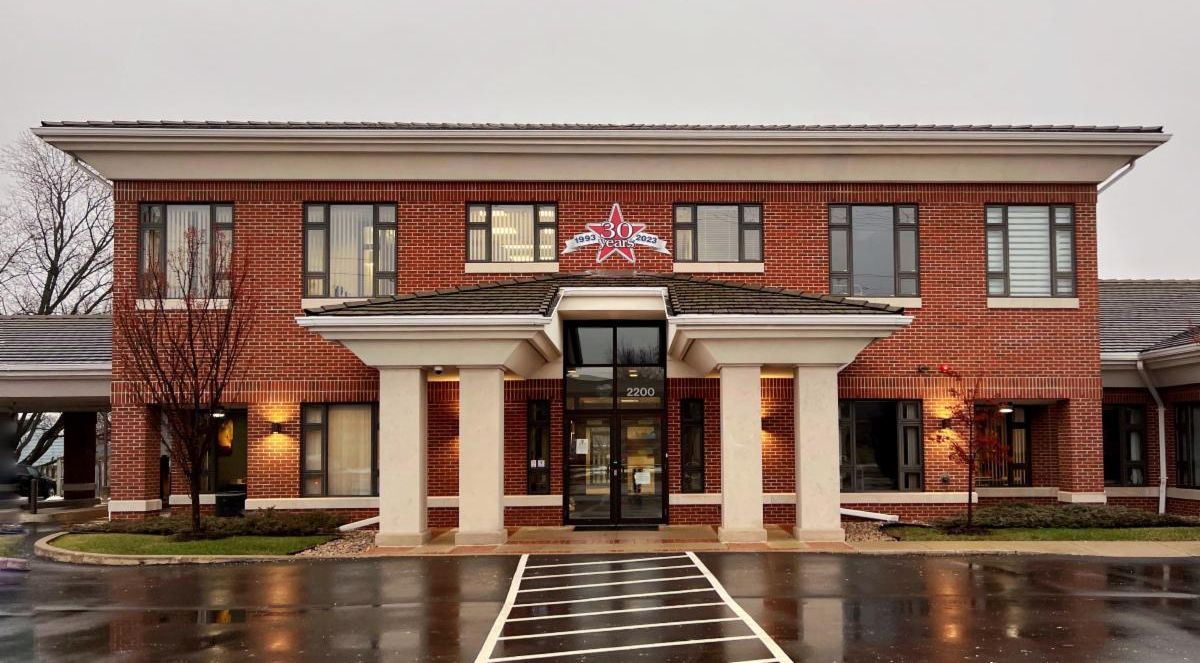The sudden failure of Silicon Valley Bank (“SVB”), the sixteenth largest bank in the country, has created a lot of concern about the safety and soundness of the industry.
The failure of SVB is more institutional than an indictment of the entire banking industry. I feel it is important that folks do not lose faith in the banking industry. While the story of SVB continues to be told, I would like to share the story of community banking. As FDIC chairman Gruenberg noted in the agency’s most recent assessment of the nation’s banks just days ago, “the industry remains well-capitalized and highly liquid.” Recent events do not change those facts.
In honor of Community Banking Month in April, I would like to shine a spotlight on community banking efforts to create economic prosperity for Americans in urban, suburban, and rural communities nationwide.
As financial first responders, community banks serve as pillars of support for their customers through prosperous and challenging times. Community banks have been supporting small business for well over 100 years having helped clients through the Great Depression, two world wars, the Great Recession, and a pandemic. Community banks were some of the first to get out in front of their clients and communities and offer them assistance during the global pandemic. Community banks alone provided 60% of total Paycheck Protection Program (“PPP”) loans to small businesses and provided 72% of PPP loans to minority business owners that reported such data.
Wisconsin’s community banks are a safe and sound alternative to trendy digital banks and niche banks. Deposits at community banks stay in the community supporting local businesses. According to the Independent Community Bankers of America, community banks make more than 60% of all small-business loans, more than 80% of farm loans, and contribute tax dollars that help maintain local municipalities. Community banks really are the champions of small business. Successful companies were once start-ups – an entrepreneur with a dream. Local banks provide the fuel needed to make those dreams a reality.
Community banks are committed lenders with loan growth that have outpaced noncommunity banks for nine years. Community banks are well capitalized and are generally owned by local investors. Additionally, these banks are governed by a board of directors comprised of local individuals who are focused on the safety and soundness of the bank as well as the prosperity of their community.
The staff of local banks are heavily engaged in their communities, often serving on the boards of non-profit organizations, helping raise money for worthy causes, and donating time at local food banks and homeless shelters.
When you support a local bank, the money stays in the community and allows the bank to support small businesses, create homeownership, and contribute to the overall well-being of the community. Your friends and neighbors work at the local bank and are part of the fabric of that community.
“Community banks serve their customers with care and embrace their role as financial stewards because catering to the needs of their customers is intrinsic to their business philosophy and central to creating life-long relationships,” ICBA President and CEO Rebeca Romero Rainey recently said. Just as the “shop local” mantra has had a tremendous effect on local businesses, I urge you to consider also banking locally. You’ll experience a more personal banking experience while also keeping our community healthy and vibrant.



